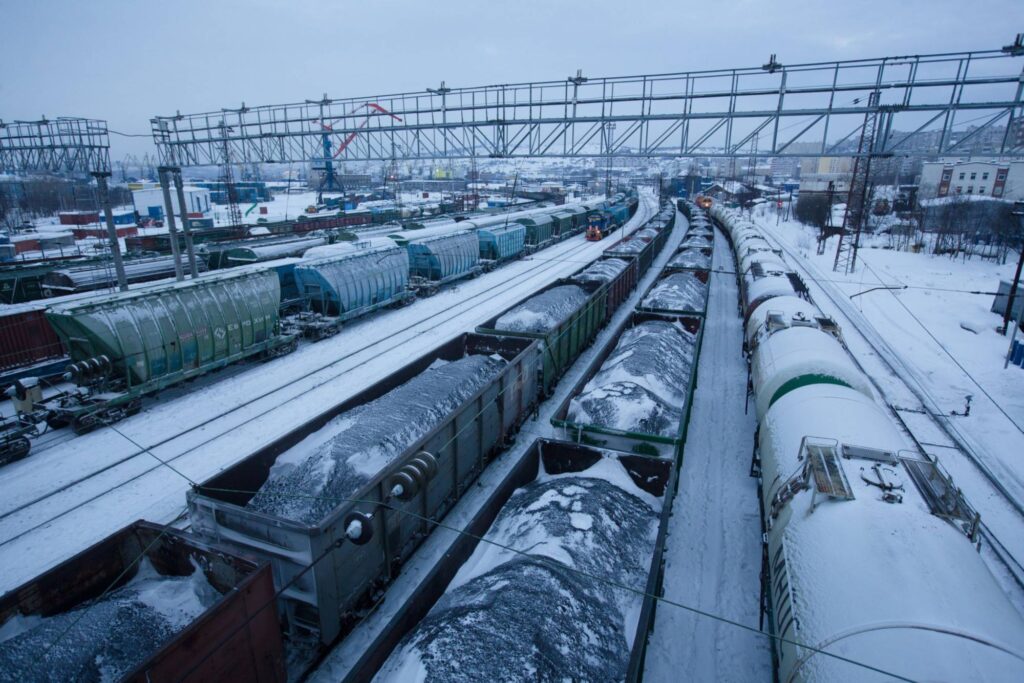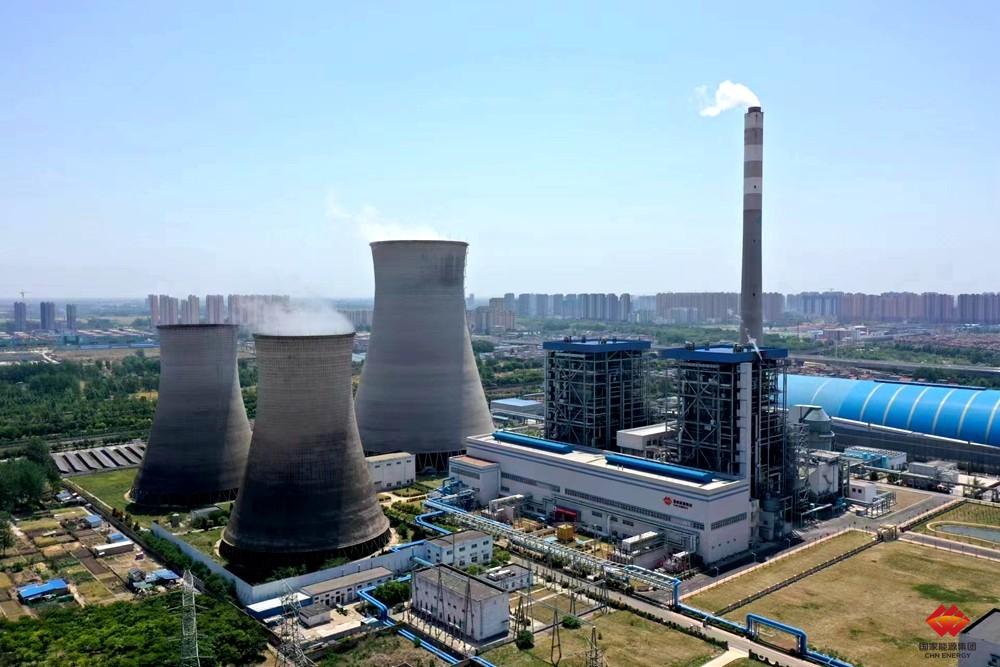Mainly driven by increased thermal coal imports during the peak winter demand period from Chinese buyers, Asia’s seaborne thermal coal imports rose to a record high in December 2023. However, due to strong growth in supply to the market from major thermal coal exporting countries such as Australia and Indonesia, the support for coal prices from increased demand is not obvious.
Kpler ship tracking data shows that in December 2023, Asian countries’ maritime thermal coal imports reached 82.8986 million tons, a year-on-year increase of 21.08% and a month-on-month increase of 4.41%, setting a record high since data records began in January 2017. Data show that in that month, China’s seaborne thermal coal imports accounted for nearly 40% of Asia’s total imports, reaching 32.4885 million tons, a year-on-year increase of 35% and a month-on-month increase of 8.82%.
In early 2023, as China’s economy gradually recovered from the impact of the COVID-19 epidemic, power demand increased. Coupled with insufficient hydropower output and coal-fired power generation, China’s demand for imported thermal coal increased significantly.
It is worth noting that China’s domestic coal production has also continued to increase. In November last year, the average daily output of raw coal hit a record high, reaching 13.8 million tons, surpassing the historical high of 13.46 million tons set in March last year and setting a new high. The cumulative production of raw coal from January to November was 4.24 billion tons, a year-on-year increase of 2.9%.
Although domestic production continues to increase, the price of coal from Indonesia, Australia and other sources is low, and it is still competitive compared with China’s domestic coal. Valuations from the China Coal Resources Network show that as of January 5, the price difference between CCI’s imported 3,800 kcal coal CIF price and Beigang’s thermal coal price was 102 yuan/ton, while the price difference in the previous month was 80.2 yuan/ton.
Kpler data shows that in December, Indonesia’s thermal coal exports totaled nearly 48.19 million tons, exceeding the export high reached in March last year. Among them, 21.1103 million tons of thermal coal were exported to China, a new high since April last year. Although demand for Indonesian thermal coal in Asia is strong, it has not led to a significant increase in Indonesian coal prices. One of the reasons is that India’s purchase of seaborne coal has dropped.
In December 2023, India’s seaborne thermal coal imports were 15.4498 million tons, a decrease of 12.81% from 17.7191 million tons in November, hitting a three-month low. India’s weak demand for imported low-calorie coal has suppressed the rise in low-calorie coal prices to a certain extent. At the same time, demand for high-calorie thermal coal in Northeast Asia is also sluggish.
In December, Japan’s maritime thermal coal imports increased 18.02% from November to 10.3736 million tons, but dropped 13% from 11.922 million tons in the same period last year. In that month, South Korea’s thermal coal imports were 7.355 million tons, higher than the 6.103 million tons in November, but lower than the 7.5476 million tons in the same period last year.
Overall, although Asian countries’ demand for maritime thermal coal remains high, it is mainly imported from China, and the increase in market supply offsets the support this demand brings to coal prices. In the short term, the market outlook for the first quarter of this year will largely depend on whether Chinese buyers’ demand for imported coal can be sustained, the share of domestic coal in power generation, and the demand for coal-fired power from hydropower, wind power and other power sources. degree of substitution.









